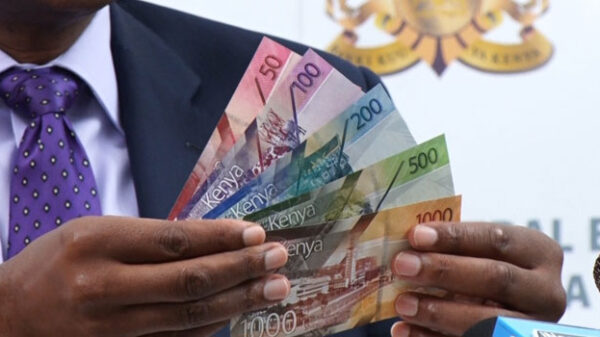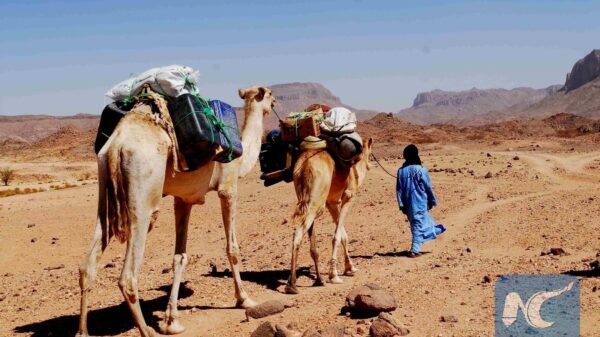NAIROBI, Kenya, Jul 1 – Kenya’s economy expanded by 4.9 percent in the first quarter of 2015, compared to a 4.7 percent growth over the same period in 2014.
The improved performance is attributable to strong growth in construction, financial services, water and electricity supply, wholesale and retail trade and transport sectors.
The quarterly Gross Domestic Product (GDP) statistics from the Kenya National Bureau of Statistics (KNBS) indicate that all sectors of the economy recorded positive growth except for hotels and restaurants whose growth contracted.
However the sector is seen to be picking up having contracted at 7 percent, compared to a 14.7 percent reduction experienced same period in 2014.
The agriculture, forestry and fisheries sector expanded by 4.4 percent compared to 2.2 percent growth same period in 2014 owing to increased use of agricultural inputs during the quarter.
During the period, tea production and coffee sales declined by 27.8 percent and 8.6 percent respectively with both generating about Sh31.3 billion from exports, an increase from the Sh27.7 billion recorded same period last year.
“The fall in tea production is attributed to inadequate rains and frost that was reported in some tea zones. However, export of tea increased by 7.2 percent to 117,800 metric tonnes during the first quarter of 2015 compared with the same quarter of 2014. The high tea prices led to a high export earnings during the period driven by increased demand and low global production of the crop,” the report states.
The manufacturing sector growth slowed down to 3.5 percent against 6.4 percent recorded same period 2014 attributed to decline in the manufacture of tobacco, processing of canned fruits, maize meal and sugar.
The growth of the sector was supported by assembly of motor vehicles, production of beer and soft drinks as well as production of cement.
Growth in cement consumption that expanded by 15 percent in the period under review led to an increase in the growth of the construction sector that grew by 11.3 percent compared 7.6 percent growth recorded same period last year.
During the period, the transport sector grew by 6 percent compared to 3.8 percent in 2014 owing to increased demand for freight transport and a fall in oil prices while the Electricity and Water sector grew by 8.4 percent compared to a 3.9 percent growth in 2014 supported by increased reliance on geothermal generation.
“Increased generation of geothermal electricity coupled with a reduction in thermal also contributed to lower cost of electricity during the review period,” the report reads.
Credit to private sector during the period increased by 20 .6 percent to Sh1.88 trillion from Sh1.56trillion recorded same period last year, while credit to the national government increased by 13.3 percent to Sh558.4 billion compared to same period last year.
“I am surprised that growth came in higher, particularly given the rate at which the shilling has depreciated during the intervening period, as well as the decline in exports and attendant growth in imports,” said Jonathan Wakahe Senior Portfolio Manager at Pan Africa Asset Management commenting on the report.
Imports increased by three percent to Sh355.7 billion where as the value of exports shrunk by 2.3 percent to Sh131.5 in the quarter under review.
Wakahe projects in the second quarter, the economy to grow by 5.8 percent mainly buoyed by growth in construction, manufacturing, financial and insurance, ICT, and wholesale and retail trade.
“Given that the Kenya shilling has depreciated by 13.2 percent over the last year amidst a widening trade deficit, I expect that the falling shilling has likely slowed the pace of capital investment in firms operating in capital-intensive industries (construction and manufacturing) and negatively impacted consumption as well,” he said.
He says the recent hike in the key policy rate to 10 percent from 8.5 percent enjoyed in the first quarter, is unlikely to have influenced the second quarter growth to any meaningful extent, given that it came toward the close of the period.
“The third quarter growth is likely to take a hit, however, as the higher rate begins to work itself into the economy; I feel that the challenges faced by the Kenyan economy at the moment outweigh the positives, and so I am looking for a moderation of growth in the second quarter,” he added.



































